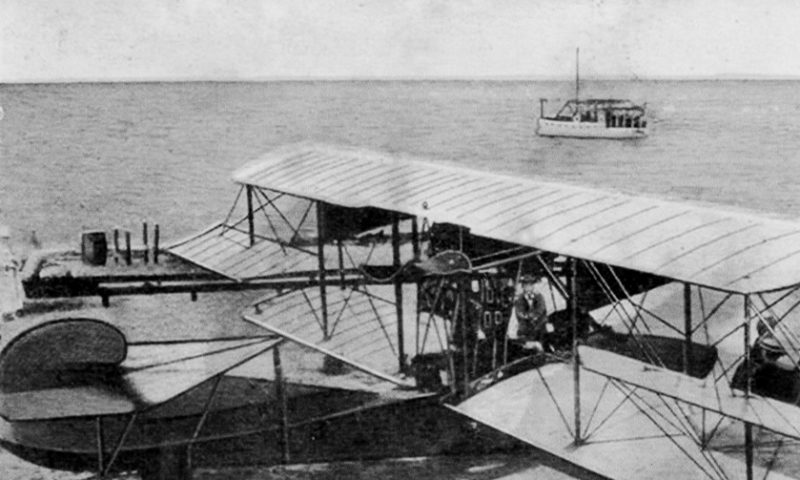 By Sally O’Kane McClintock
By Sally O’Kane McClintock
“Lavender’s blue, dilly dilly, lavender’s green, when I am king, dilly dilly, you shall be queen.â€
Singing my song, I picked a handful of lavender that was overflowing onto the sidewalk by the picket fence a block from my home. “Call up your men, dilly dilly, fetch them from work,†I continued.
I was so immersed in the lavender that I failed to notice a van pulling up in the driveway.
“Would you like me to get you some scissors?†I looked up to see a man calling from the van. “It would make it a lot easier,†he added.
“Oh no, thank you,†I said hastily, leaving in embarrassment. I couldn’t tell whether he was being helpful or sarcastic. His tone of voice suggested the latter.
He owned the lavender, but the lavish rows spreading into the sidewalk surely invited picking. I felt uncomfortable as I hurried home with my bouquet. The flowers were planted there for passersby to enjoy and admire, I reflected, but it was not proper to pick them without permission. But the sun and rain we all share had helped the garden grow.
Owning and sharing can be confusing at times. I have always felt my clothesline is my own special territory, whether in a backyard, a rooftop, or up above a brook. When I hang out my laundry, wherever it is, I am in my own private space, harnessing the sun and the wind. Rarely has this space of mine been “invaded.†But once on a camping trip where I attached a clothesline from tree to tree near our campsite, I recall how annoyed I was to find a neighboring camper’s laundry hanging on my line. I owned the clothesline, but couldn’t I willingly share the wind and the sun?
Can you own a place at the table? Some people think so. My father told me that when he moved alone to San Francisco, he went to a church dinner “for some socializing,†as he put it. But when he brought his plate to a table, instead of being welcomed, he was told, “This seat’s taken.†At table after table, he received the same greeting until finally he found an unclaimed seat in a corner. A sort of musical chairs without the music. So much for hospitality. But it didn’t seem to bother him. He even found this amusing, at least in the telling.
Contrary to my father’s attitude when denied a seat at the table, I couldn’t find the humor when it happened to me.  The afternoon had begun in a pleasant way. With extra time before my meeting, I stopped to rest at a nearby park, enjoying the colorful fall leaves. I sat at a picnic table and took out my lunch. Some pigeons alighted casually nearby, keeping a polite distance while I ate my sandwich. When I left, I scattered some crumbs for them.
I was still early for the meeting when I arrived. Usually I came when people were already assembled around the table. This time it seemed no one was there yet. The large table was empty, no notebooks or purses claiming places. I chose a chair near the speaker, put down my bag and notebooks, and hung my coat on the back of the chair. I settled in to wait for the others.
“You’re sitting in my chair,†said a member just entering the room. Surprised, I got up and slid my notebooks and bag across the table to another empty spot while she returned to the other room.
I settled into the second chair, but then another member of the group walked in. “Why are you sitting in my chair?†Apparently I had taken her place too. I got up and looked around for another seat. The woman next to me kindly offered her chair and took a folding chair for herself.
I looked at the group for sympathy or even some humor. But no one had seen how I had to move out of my seat two times in a row. Feeling sorry for myself, I tucked away the experience for the time being. But when I went to bed that night, I dwelled on the incident, puzzling over my sensitivity. I was sure they were unaware of my hurt feelings, so why did this bother me so much? Couldn’t I just laugh it off? Or tell them how I felt? Instead, from then on I approached the meeting table more carefully, not unlike the cautious pigeons.
One evening when I was reading “Time and Myth†by John S. Dunne, I found solace in a philosophy that also excited me. He wrote that one could choose to look at life either as a journey of experience, or as a series of discoveries. He quoted Hegel, the philosopher, who said that for him personally, the journey was “a voyage of discovery.â€
With this view, I decided to stop feeling sorry about my experience, and instead look for the discoveries in my life. It’s true that I had to give up my seats twice, and no one noticed. But since that happened, I have made the discovery of the importance of one’s place at the table. And when I found someone else’s laundry hanging on my clothesline and I resented it so, I am now aware of my possessiveness. Finally, in picking someone else’s lavender without permission, I realize how casual I can be about what belongs to someone else.
Now I’m ready for more new discoveries in my life, whether negative or positive. They will all be part of my voyage.



